We all are aware of the fact that life is a journey, but do you know what is a spiritual journey? It’s the journey from one level of consciousness to another. Believe it or not, your spiritual journey has been started from the day you are born, you are just trying to hasten it. What we seek is within us, it always has been.
“There is a candle in your heart, ready to be kindled.
There is a void in your soul, ready to be filled.
You feel it, don’t you?” – Rumi
Welcome, dear wanderer.
You’ve come to this page seeking guidance, and that’s what I intend to give you wholeheartedly. If you’re short on time, scroll down to see the Table of Contents. Otherwise, I promise you that this article is worth reading from start to finish.
Let’s begin with the uncomfortable truth:
Most of us in the modern world have resigned ourselves to a cliched existence, indulging in endless distractions. We go through life with minimal or pseudo-faith, and avoid grasping the emptiness of our lives. We are endlessly haunted by the shallowness of our relationships, neurotic issues, and inescapable loneliness.
And yet there’s so much more to us as a species than what we really know.
You and I carry the most mysterious and magnificent qualities within us imaginable. Yet, we unknowingly guard and protect the greatest gift that is our Souls from the world.
It’s so easy for us to feel meaningless when we perceive ourselves as mere cogs in society’s machine. The truth is that we are much more than slaves of 9 to 5 jobs. We are capable of creating deeply meaningful, mystical, and fulfilling lives. We are capable of finding our true calling and personal destiny.
For centuries the indigenous people throughout the world have known that to fully explore the depths of the Soul we must go on a spiritual journey into the unknown lands within ourselves.
In many ancient cultures, they had Elders and Shamans to encourage and oversee these journeys toward a deeper spiritual existence. Sadly, these days in our own culture, we have lost such sacred rites and rituals. Instead, orthodox religion has replaced living spirituality with a theoretical god, dismissing, and outlawing personal experimentation and union with the Divine.
In this article, my aim is to help you start your spiritual journey.
What is A Spiritual Journey?
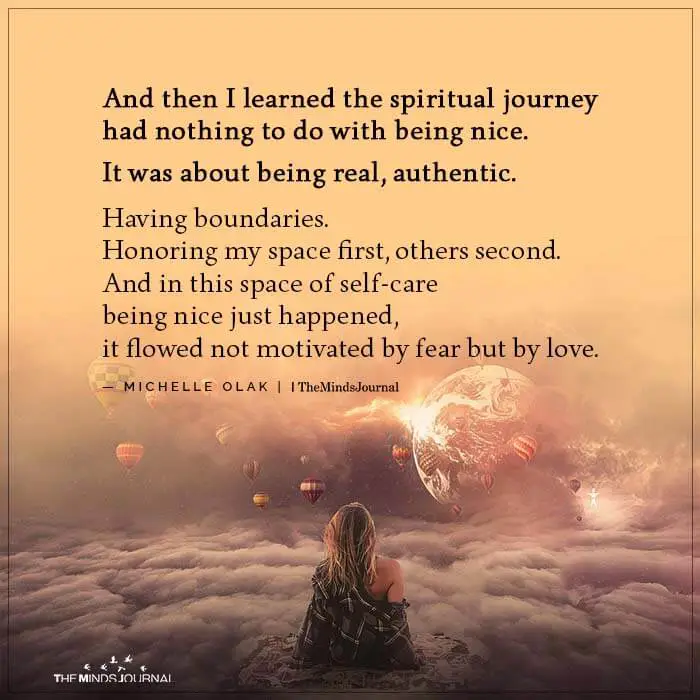
The spiritual journey is a personal quest we undertake to reconnect with our Souls, find our authentic life purpose, and embody our True Nature.
In a nutshell, the spiritual journey is about returning to the Centre of our being: it’s a path traditionally undertaken by mystics, shamans, and sages. But in this day and age where times have changed, and we’re suffering from collective soul loss, the spiritual journey is accessible to all people. Indeed, it’s our deepest longing and highest calling as a species.
Read: The 7 Levels of Spirituality – Where Are You?
12 Signs You’re Called to the Spiritual Journey (the Ancient Hero/ine’s Path)
People have felt a pull toward something greater than themselves since the beginning of time. Ancient cultures had many stories that served to illustrate the journey to fulfilling one’s destiny and experiencing Wholeness or Enlightenment. These journeys mythologist Joseph Campbell described as the “Calls to Adventure.”
A call to adventure is something we all experience at least once in life. When we embark on this adventure, we begin the process of gaining self-understanding and reclaiming our precious Soul gifts.
The archetype of the hero/heroine discovering their true spiritual nature goes back thousands of years. The Greek’s told the story of Orpheus who descended into the underworld to rescue his bride Eurydice from Hades.
The Nordic people had their hero-warrior Beowulf, and the Sumerians wrote of Inanna who battled her sister in the dark world. Throughout history, there have been so many stories of individuals who have struggled through hardship to find themselves. But of what importance are they to our path?
Essentially, these hero/ines symbolize our spiritual journeys: leaving everything familiar behind, entering the unknown, encountering numerous unconscious monsters, and finally returning back home with a sense of renewed fulfillment and wisdom.
Here are 12 signs you’re being called to walk the spiritual journey of awakening:
- You feel lost in life
- You long for a place that feels like your ‘true home’
- You keep wondering what your meaning or purpose is
- You feel like you have a big destiny to fulfill (which is yet to be revealed)
- You sense that there’s much more to life than meets the eye
- You’re experiencing strange synchronicities, signs, and omens
- You’re shedding your old self and are transforming, but you don’t know who you truly are yet
- There’s a sense of nostalgia and nagging longing for something you can’t pinpoint
- You experience bouts of melancholy, depression, and existential crisis
- You feel extra sensitive and fragile
- A lot of what you once valued seems meaningless and empty
- It feels like the rug has been pulled out from underneath you, and you’re falling
Can you relate to any of the above signs? If you can, you’re most certainly being called to embark on the spiritual journey.
The 3 Worlds of the Spiritual Journey (Which Are You Inhabiting?)
“The breeze at dawn has secrets to tell you. Don’t go back to sleep. You must ask what you really want. Don’t go back to sleep. People are going back and forth across the doorsill where the two worlds touch. The door is round and open. Don’t go back to sleep”– Rumi
At some point in life, we all experience the “call to adventure.” Often our journeys start when we experience a sudden spiritual awakening or dark night of the soul. Often without wanting to, we are cast onto the path of Soul expansion.
Like you, I have wandered these paths and have at times wound up lost and confused. For this reason, I find it useful to map out the spiritual journey in a way that helps the human mind know where it is, and where it will go next.
My Andean ancestry speaks of three worlds that we can experience in life: the Upper World (Hanaq Pacha), the Middle World (Kay Pacha), and the Lower World (Ukhu Pacha). In many traditions and mythologies, these three worlds correspond to the different realms of the Self.
Read: Jim Carrey On Awakening: How He Began His Spiritual Journey
The Upper World is the home of Spirit, the Underworld the home of Souls, and the Middle World is the home of the physical body and human ego.
Different practices and techniques are used in each of the three realms to help us spiritually mature and rediscover joy, peace, and wholeness. Below I’ll explore each of these three realms with you:
1. Middle World
Purpose: Personality development
In our everyday lives, we function within the middle world. The middle world is responsible for our ego development, and yet many people on the spiritual path ignore this vital element of inner growth. Without developing a healthy personality, our spiritual growth reaches a dead end.
In life, we all begin within the middle world, or physical realm. As children and teenagers, we go through various years of personality change and growth. Finally, as adults, we all have developed unique personalities. Yet many of us fail to continue our self-development, getting lost in corporate jobs and the pursuit of money, status, and fame.
The goal of the middle-world path is to develop a healthy personality or ego. Tasks involved in this process include the exploration of core emotional wounds, self-love, and the cultivation of authenticity. A healthy adult ego will be able to love freely, be vulnerable, express creativity, and display empathy towards others.
We cannot develop a healthy personality by using techniques from the Upper or Under World such as meditation or shadow work. Instead, we must use techniques that pertain to ego development and healing such as assertiveness training, non-violent communication techniques, cognitive behavioral therapy, NLP, and other psychological avenues of self-development.
2. Under World
Purpose: Soul discovery
Our Soul is the vital, mysterious, and wild core of our individual selves. It is the unique essence within each of us that goes deeper than our personalities.
Think of your Soul as a stream that is connected to the ocean of Spirit. Our Souls contain our destiny, purpose, gifts, and the ultimate significance of our individual lives. To access these deep layers and qualities we must descend into the Under World of our unconscious minds.
Unfortunately, for thousands of years, our culture has “protected” us from the hardships and dangers of the descent into the Soul. This has been done through the establishment of comfortable, predictable, and clockwork lives that revolve around material pleasures and shallow values.
In fact, thanks to religious thought, the descent into our Under Worlds has been condemned as “evil” and wayward. Only Shamanic cultures and a few Western mystical schools like Hermeticism and Alchemy have dedicated themselves to exploring the Under World.
The descent into the Under World has been so feared and avoided because it is a perilous journey. There is a reason why Christianity referred to this place as “hell.” Within our, Under Worlds lie our repressed thoughts, feelings, desires, traumas, and denied gifts.
Often when we descend, or inscend, into ourselves, we come across many demons, ghastly creatures, and other parts of our Shadow Selves that we’ve been unconsciously hiding from.
Yet despite the fact that the Under World journey can be such a harrowing and haunting experience, it is ultimately a powerful odyssey. Only by descending into our personal Under Worlds can we truly embrace our true life calling, talents, gifts, and deepest values.
Under World, or soul work techniques, include practices that allow us to access altered states of consciousness. These may include crafts such as lucid dreaming, drumming, shadow work, shamanic trances, breathwork, vision quests, etc.
3. Upper World
Purpose: Uniting with Spirit
The Upper World journey, or that of the ascent, is what we often refer to as Self-Realization.
There comes a moment in our journey between the middle world and the underworld in which a fine balance is formed, allowing us to move up into the Upper World.
For example, it’s much harder to “Spiritually Awaken” to the Upper World when our unconscious minds are plagued with deep childhood traumas (that stem from the underworld), trust issues (underworld problem), and poor self-esteem (middle world problem).
We enter the path of ascent up into the Upper World when we learn to surrender our ego identification (known as ego death) and Soul identification. Ultimately, we not only intellectually understand that everything is One, but we experience this truth at a core level. At this point, we are free from the illusion of having a separate self. This has also been commonly referred to as the state of complete self-realization or Enlightenment.
This permanent shift of consciousness is about merging with the Infinite, Divine, Eternal, and Absolute. Techniques used to taste this state of being are often found in the mystical schools of Zen, Kundalini, Taoism, Sufism, and disciplines such as meditation and yoga.
Note: Unfortunately many people in the spiritual community believe that spiritual ascension is all that is needed to experience peace and wholeness. As a result, the middle world and underworld paths have been cast aside as if they don’t matter.
However, only focusing on your “higher chakras,” cultivating positivity and Oneness with Spirit, creates lopsided individuals. When the darker and more down-to-earth elements of self-growth are ignored, the result is imbalanced and unhealthy individuals.
5 Phases of the Spiritual Journey
Roughly speaking, there are about five phases of the spiritual journey. I refer to these as ‘phases’ and not stages because the spiritual journey is not a linear process that has a start and end: it is cyclical. It’s like the moon. It’s a spiraling dance of energy that is ever-deepening and changing.
Here are the five phases. We’ve also linked to the various ‘parts of each phase that we’ve both uniquely discovered and defined after many years on the path:
Read: What Is Your Spiritual Gift? Find Out With This Quiz
1. Soul-searching
This phase is divided into the following two parts (which are also linked to in the menu of this website). Feel free to click on any for further guidance:
Summary: Phase one of the spiritual journey begins with a deep craving and longing for something more than mundane daily life. There may be a sense that life has become a dry, desolate, meaningless, and barren wasteland without some kind of spiritual dimension.
This type of existential crisis can arise spontaneously, due to a traumatic situation, mental or physical health issues, or simply due to one’s sensitive temperament. The result is a search for meaning, purpose, and greater spiritual connection – or what is commonly known as soul searching.
2. Awakening & learning
This phase is divided into the following two parts (which are also linked to in the menu of this website). Feel free to click on any for further guidance:
Summary: Awakening and learning is the next phase of the spiritual journey. Once one has listened to the ‘call to adventure’ and has begun searching for answers, the sense of inner deadness and stagnation lifts. The veil is pulled from our eyes. We awaken to fresh possibilities, new horizons, and deep insights.
There is renewed hope, ecstatic zest for life, joyful anticipation, and the passion to learn, explore, and grow. It’s as if the sun has finally emerged from its slumber and we’re bathed in the dawning light of spiritual awakening.
3. Death & demons
This phase is divided into the following two parts (which are also linked to in the menu of this website). Feel free to click on any for further guidance:
Summary: As our spiritual journey matures, we eventually face a crossroads. To continue growing, we must enter through the gates of our personal Underworld and face our demons. We learn that the spiritual journey is beautiful, yes.
But it’s also demanding. If we’re sincere about authentic spiritual growth, we need to illuminate our inner darkness, explore our shadow selves, and heal our buried traumas.
This death of the spiritual ‘high’ of the previous phase can lead to much fear and confusion. The result is often an experience of the Dark Night of the Soul where we step out of the ‘sunshine and rainbows’ world into the moonlit world of ghosts and ghouls.
Read: Shadow Work: How to Let Your Inner Demons Guide You
4. Rebirth & reward
This phase is divided into the following two parts (which are also linked to in the menu of this website). Feel free to click on any for further guidance:
Summary: Eventually, we emerge out of the other side of the Dark Night of the Soul. We have been to hell and back – we’ve had our hearts ripped open and minds excavated. But we arise victorious with Souls blazing bright and newfound inner strength.
This rebirth and reward often result in newfound clarity, mystical experiences, moments of Satori (Enlightened awareness), and the development or rediscovery of various spiritual gifts. We go through a new level of awakening, this time at an energetic level via an experience known as the Kundalini awakening. However, this experience is not all love and light. There are many lurking shadows and spiritual traps to be wary of.
5. Illumination & sharing
This phase is divided into the following two parts (which are also linked to in the menu of this website). Feel free to click on any for further guidance:
Summary: After the body, heart, and mind undergo this cleansing and purging journey, a deeper level of Illumination is experienced. We begin to integrate all the lessons we’ve learned and the gifts we’ve developed, bringing them into our daily lives. This is the moment where we truly start walking the talk.
As such, there is a strong desire within us to share our personal ‘elixir’ and hard-earned wisdom with those who need support. We may adopt the role of teacher, guide, or mentor – or otherwise, embrace new ways of helping others. Perhaps the key defining quality of this phase is a strong connection to one’s True Nature.
There’s an intimate, inner knowing of the Divine as one’s true face, authentic essence, and ultimate home.
Again, the above five phases are by no means linear or static. They are cyclical and ever-deepening. This is the nature of life where we gradually discover that we are Life itself.
How to Start Your Spiritual Journey (7 Steps)
Everyone’s spiritual journey is unique, ever-changing, and ongoing.
There is no single point at which we stop this inner transformation. In fact, the whole mistaken idea of reaching a state of “perfection” really only equals death and stagnation. And what happens when things stop growing and flowing?
They become lethargic, break down, rot, and disintegrate. While the demands for constant growth and evolution may be difficult to handle at times, they are necessary for us to find our life purpose and fulfill our destiny on this planet.
If you wish to live a deep, meaningful, rich, rewarding, and loving life that is full of heart and Soul, beginning your spiritual journey is not only important but crucial.
Understandably, you might feel a bit intimidated and lost, not knowing where to start. As someone who has dedicated a large portion of their life to the spiritual journey, as well as guiding others through theirs, here are my tips:
1. Be gentle and go at your own pace
It’s normal to feel overwhelmed and a little inundated by the influx of information when first beginning your spiritual journey. My advice is to go slowly, be gentle, and go at your own pace. You don’t need to know every tiny detail of every field of wisdom ever created. (I know it’s tempting!)
Besides, everything that you’re learning about is already within you. Yes, you have all the answers you need at a Soul level because you are an expression of the Divine at your core. Everyone else is just a mirror of that.
So cut yourself some slack. The key is to go gently but deeply – that is how you will learn and grow the most.
2. Figure out the purpose/aim of your journey
Think carefully about why you want to begin walking the spiritual path. Do you have a specific goal, purpose, or intention in mind? Are you wanting to find something or avoid something? (Or perhaps both.) Perhaps you would like to achieve or experience something?
There are a myriad of reasons why people enter the spiritual journey. For example, some people want to experience enlightenment, connect with their spirit guides, develop their spiritual gifts, find their life’s purpose, taste truth/freedom, be free of an old trauma/addiction, and so on.
Keep in mind that your purpose/aim will likely shift and change as you progress through your spiritual path – this is completely normal. Your path and needs are unique to you, so embrace them.
Read: 4 Ways to Find The Purpose Of Your Life
3. Pay attention to philosophies, tools, or practices that intrigue you
Once you’ve figured out why you want to explore the spiritual path, simply pay attention. Notice what spiritual fields, ideas, philosophies, and practices pique your interest. The spiritual journey doesn’t have to be something dry, monotone, and repetitive (unless you want it to be). This is a quest that ideally involves play, joy, and passion.
In fact, you will likely get the most out of your spiritual path if you approach it from this heart-centered place. Neuroscience has proven that we learn the most when we’re having fun – so find your bliss. Walk a path with heart. This is the path you’re meant to be on.
4. Go deep-diving
One of the main issues that often arise on the spiritual path is a certain kind of spiritual materialism or spiritual window-shopping.
Jumping from practice to practice can be useful at the beginning (to become familiar with the territory). But if we get into the addictive habit of finding the “next and best” spiritual practice, tool, workshop, etc. we are doing ourselves a great disservice.
We are not only approaching spirituality with a materialistic mindset, but we’re also avoiding the fundamental purpose of the spiritual path: to deeply transform and evolve. Once you have done some dabbling here and there (this might involve watching youtube videos, readings books, attending workshops, etc.), it’s time to slow down and commit to something.
Don’t worry if you discover later down the road that the path you’re on is not for you, you can always change the route. What’s important is that you slow down and commit to something, to begin with – this is the only way to extract the nutrients, deep essential truths, and embodied wisdom.
So tune into yourself and figure out what sets your soul on fire. What speaks to you on a profound level? What has benefited you the most? Begin to circle around that topic, practice, or path, and dedicate your full attention to it. (And if there are a handful of paths, that’s okay too, stick with them.)
5. Be aware of sharks
You’ll meet many people on your spiritual path (whether online or in-the-flesh). Some of these people will genuinely have your best interests in mind. But others won’t. Yes, there are many ‘spiritual sharks’ out there, aka. there are sleazy, snake-oil salesmen and women who are intentionally out to use you for personal gain.
There are also some people (typically leaders of spiritual communities or certain gurus) who are totally unaware of their unconscious shadow motivations (but are equally as dangerous). So be discerning. Learn to trust your intuition and gut instincts. Tap into your inner lone wolf: that primal wisdom you carry inside which drove you to begin this quest, to begin with.
Even if you do fall into the jaws of a shark, know that you can get out. You can actually use the experience as a lesson and fuel to grow even stronger. No one can take away your power from you unless you willingly give it to them. And even if you do, you can get it back.
6. Record what you’ve learned and experienced
We hear a lot of pretty-sounding words and mystical ideas on the spiritual path. But all of them mean little if we don’t actively find ways of absorbing them into our being.
One of the simplest ways of recording what you’ve learned and experienced is simply through the act of journaling.
Have a special journal or diary that you dedicate to writing down your thoughts, experiences, ideas, and discoveries. You don’t need to be a good writer (or even good at spelling/grammar) to do this – forget about that! What matters is that you have a solid record that you can refer back to throughout your journey.
There are also other ways of recording what you’ve learned/experienced such as creating pieces of art or composing music. Find whatever creative outlet suits you the most. That might even include creating a vlog where you go into your daily experience (and you can keep this private or share it with others).
Here are a variety of inner work Journals that we’ve created which might help you get started. »
Read: How To Boost Your Spiritual Growth and Development
7. Integrate and embody your spirituality
It’s easy to go spiritual window shopping and jump onto whatever new and exciting bandwagon emerges. But it takes much more strength of character, sincerity, and courage to actively integrate and embody what you’ve learned.
To integrate means to absorb something into your being; to make it a living and breathing part of you. To embody means to be an expression of what you have learned: to be the change you’re looking for, to infuse your life with the essence of what you’ve discovered.
There are numerous ways to integrate and embody your spirituality, but remember that this is an organic process that takes time. You cannot rush or force spiritual integration/embodiment – it is the natural product of Soulful maturation and spiritual ripening.
There are, however, numerous ways to begin the integration/embodiment part of your journey. Some of these practices include:
- Meditation
- Mindfulness
- Contemplation
- Breathwork
- Shadow Work
- Self-love
- Inner child work
Anything that helps you to slow down, be introspective, and go inwards while encouraging present moment awareness, will help you to integrate and embody what you experience. Instead of being a magical-sounding idea, you will actively live and express qualities such as lovingkindness, presence, and wisdom. But first, you need to be sincere and dedicated to this path.
Note:
In my honest opinion, no spiritual journey is balanced (or healthy) without some level of psychological healing. We need to focus not just on ascending to the Upper World but also on working with the Middle and Under World. See the following articles for more guidance:
- What is Inner Work? (& Why Most People Are Terrified By it)
- Spiritual Psychology: Why Meditation Isn’t Enough
The Spiritual Journey is a Valley, Not a Mountain
Contrary to popular depiction, the spiritual journey isn’t like climbing a mountain.
Written By: Mateo Sol
Originally Appeared On: Loner Wolf
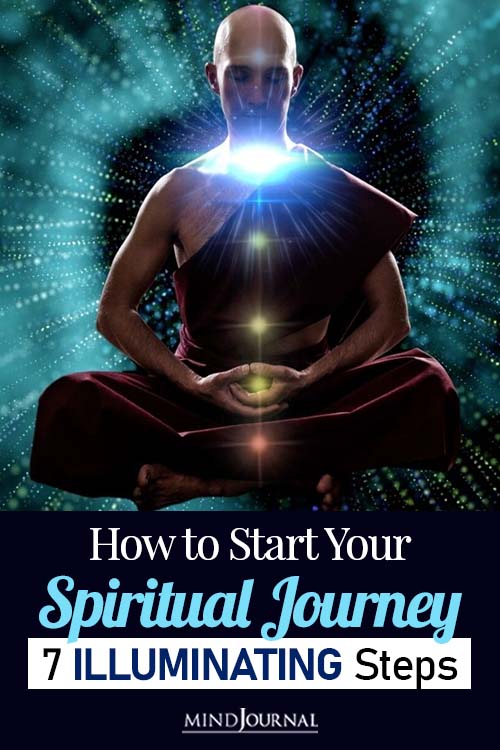
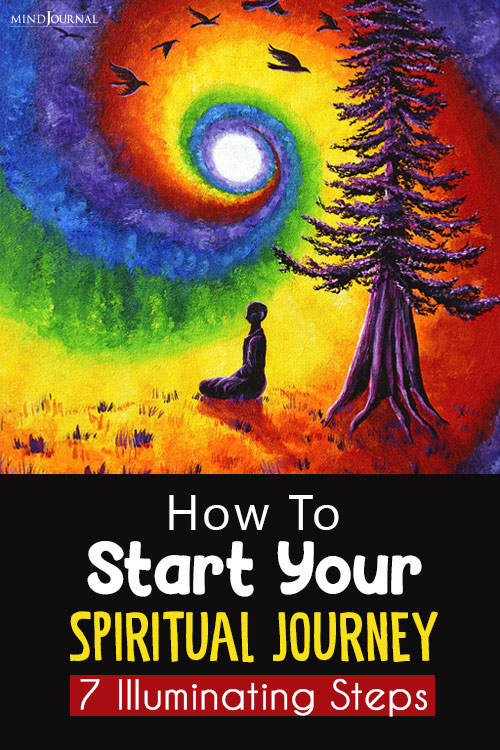
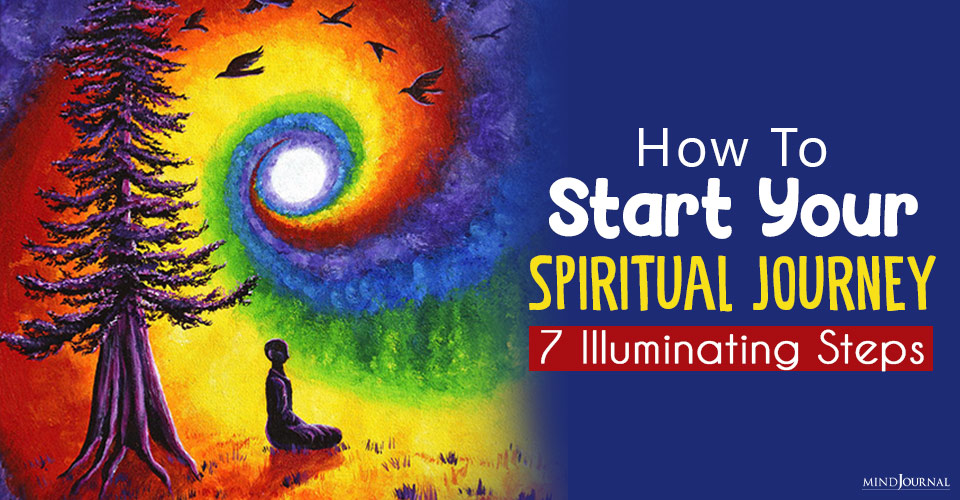
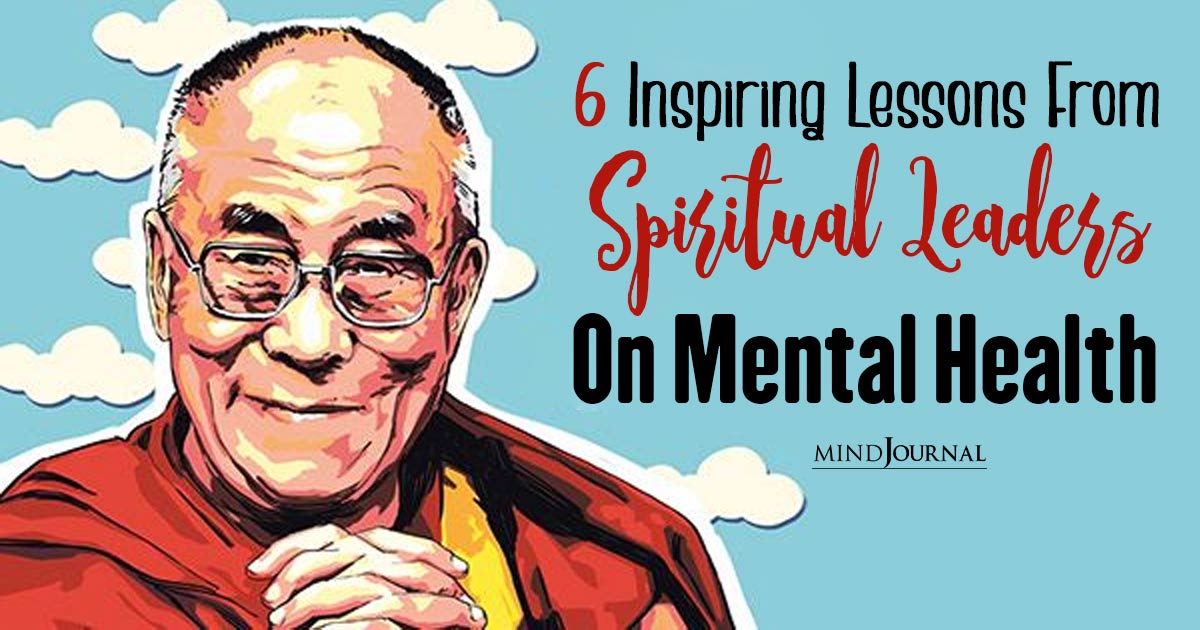
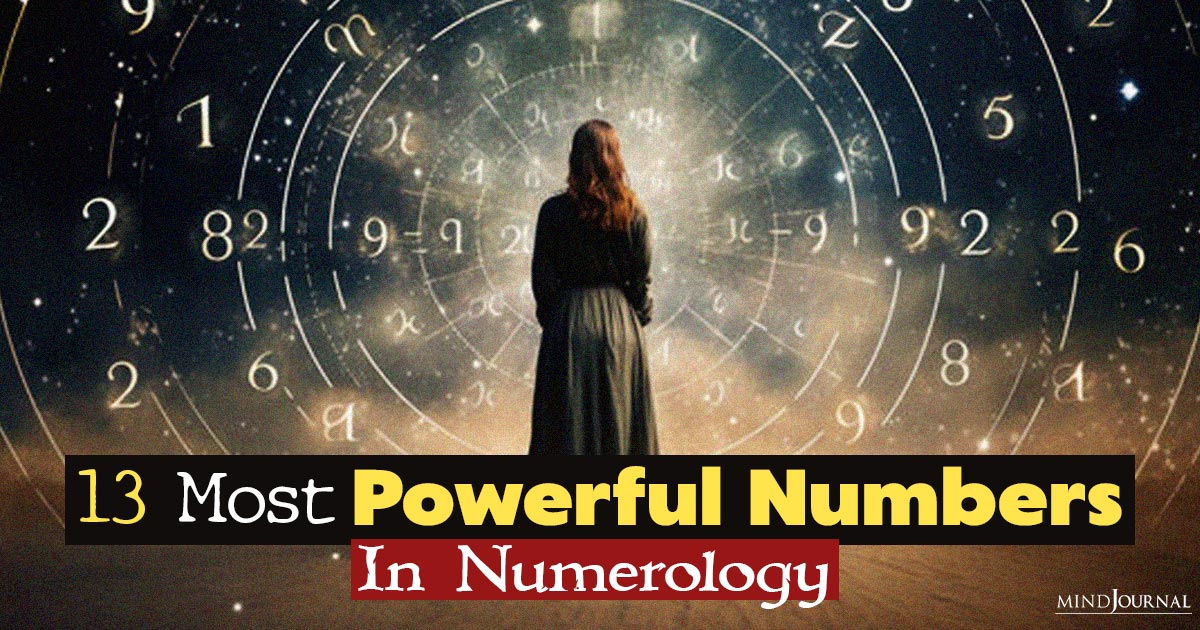

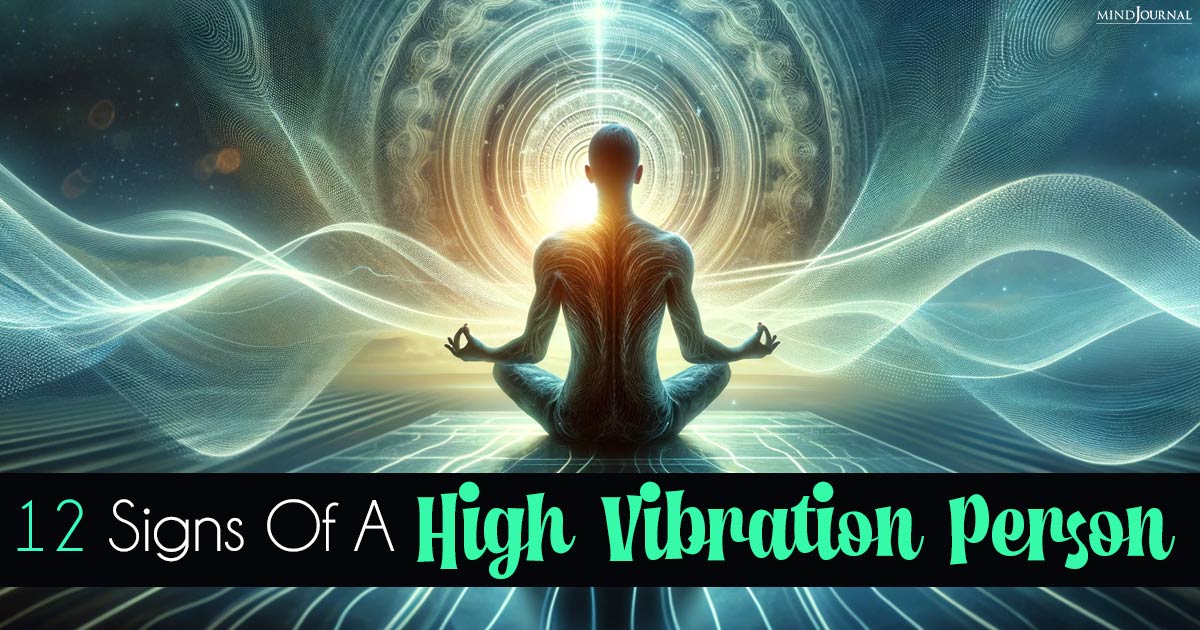
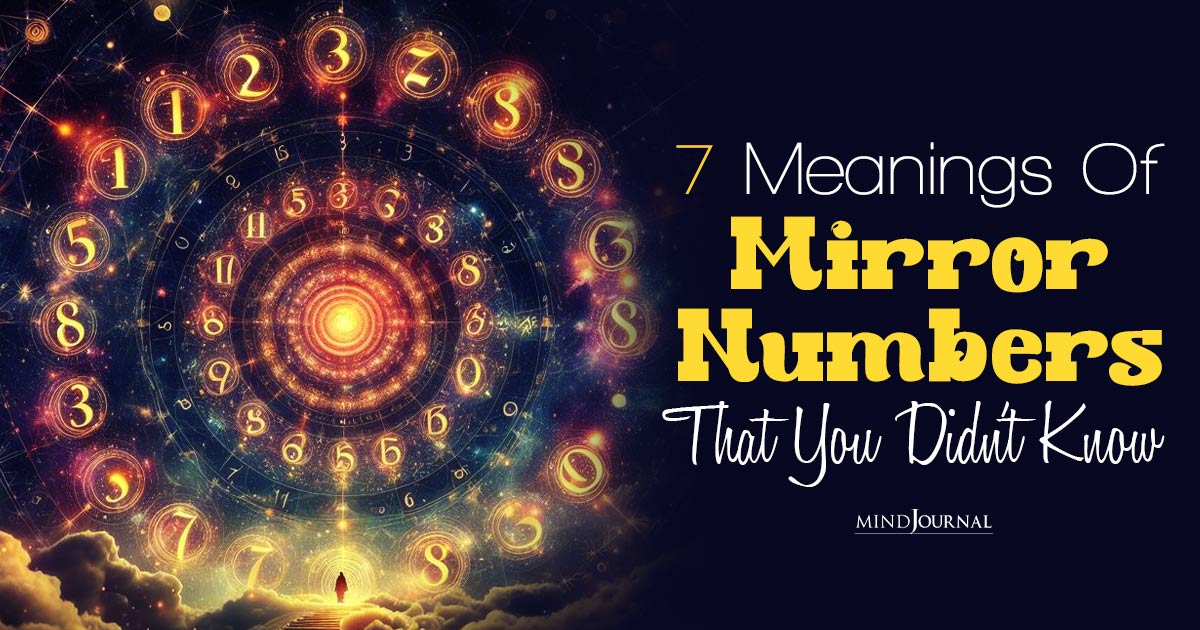
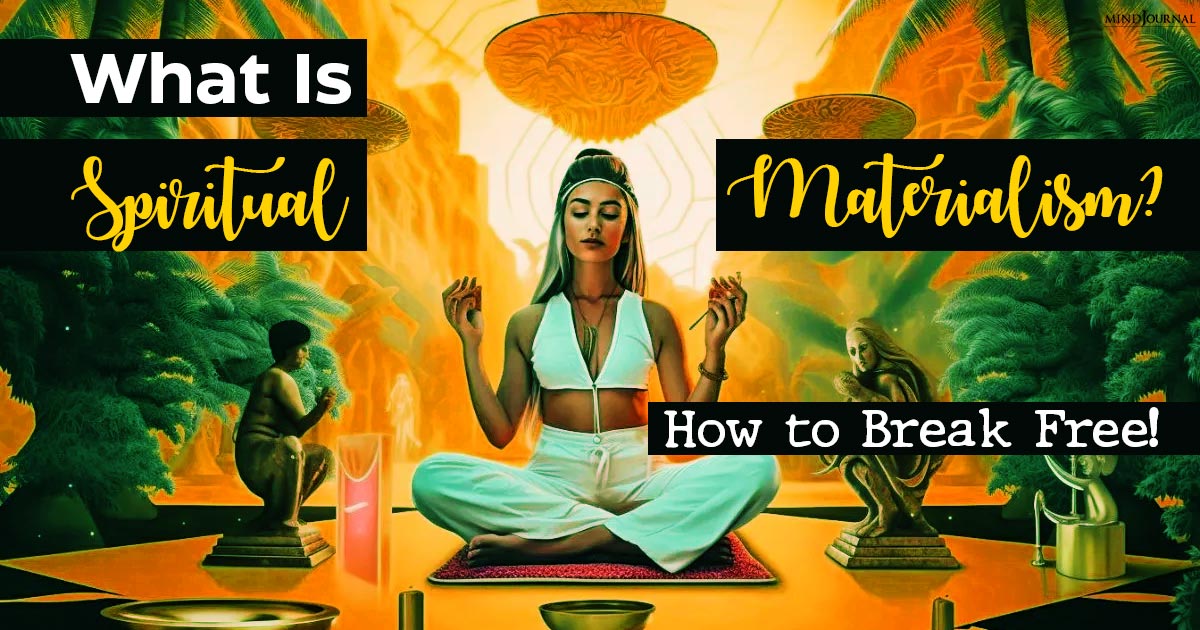
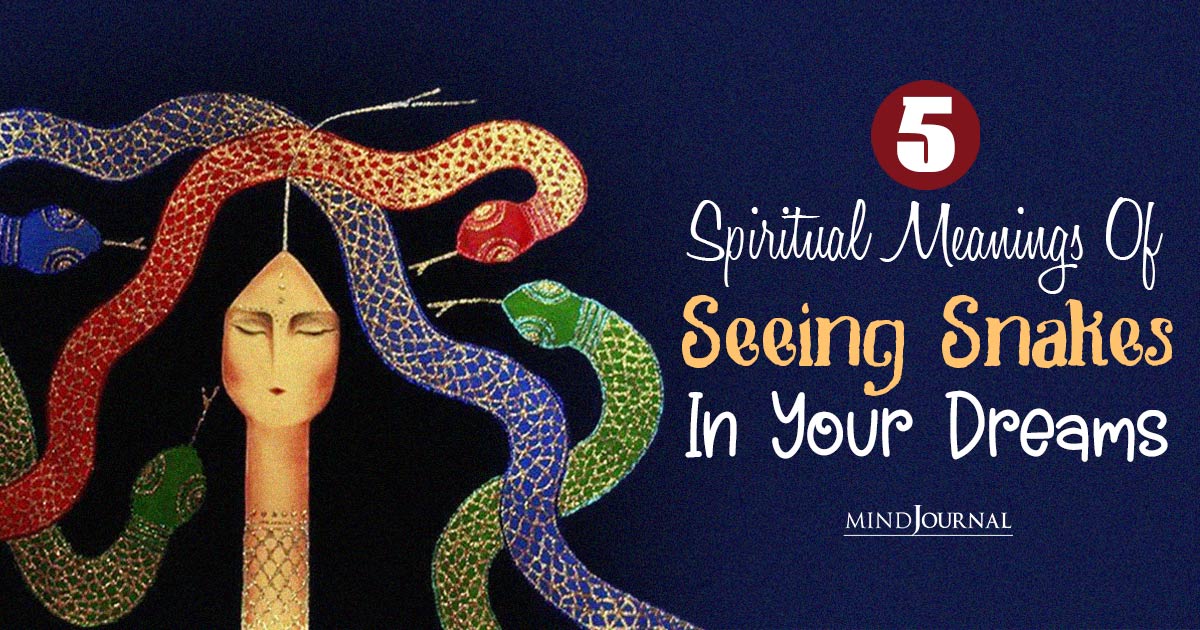
Leave a Reply
You must be logged in to post a comment.